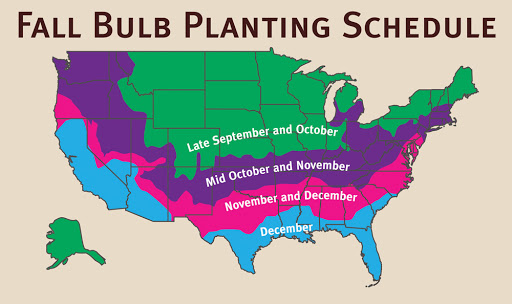I am a landscape designer and have been purchasing 1000's of spring flowering bulbs from A.D.R. Bulbs for 100's of clients in the last 20 years. The bulbs have always been of top quality and if there were any problems, they have been quick to rectify. My orders are often complicated with many varieties and different amounts and they have always filled and delivered everything on time with the best customer care and attention to detail. The pictures in their catalog and website are beautiful. I have visited their facility in NY and was impressed with all their handling equipment and organization. I would highly recommend A.D.R. Bulbs to anyone in the wholesale trade who wants to purchase quality bulbs and work with genuinely nice people.
Nancy Greenlee
, From The Ground Up
« Previous Plant | Next Plant »
Tulipa Parrot 'Apricot Parrot'
Tulip
Apricot Parrot is a late-spring blooming parrot tulip with oversized apricot-pink petals flushed with green and yellow streaks. Its wavy-edged, fringed petals open wide in sunlight, creating a dramatic display.
This variety reaches 16 to 24 inches tall and thrives in full sun with rich, well-drained soil. The blooms are large, approximately 5 inches in diameter, making them a standout in garden beds and floral arrangements. It has received the Award of Garden Merit from the Royal Horticultural Society.
Recommended Substitutes for Tulipa Parrot 'Apricot Parrot'
Tulipa Calculator
When should I plant Tulipa Parrot 'Apricot Parrot'?

Growing and Maintenance Tips for Tulipa Parrot 'Apricot Parrot'
Planting: Plant in fall when soil temperatures drop below 55°F. Set bulbs 6–8 inches deep, pointed end up. Choose a sunny, sheltered location to protect their large, irregular blooms from strong wind and spring storms.
Spacing: Space bulbs 4–6 inches apart. For full visual impact, plant 10 or more together—these tulips shine in bold, theatrical groupings.
Light: Full sun enhances color intensity and stem strength. Though tolerant of light shade, stronger light preserves bloom structure and vivid contrast.
Soil: Use well-drained, neutral to slightly acidic soil (pH 6–7). Poor drainage increases risk of rot—especially for these heavy-headed, late-season types.
Watering: Water after planting to settle soil. In spring, water only during dry periods—excess moisture can weaken stems and damage blooms.
Temperature & Dormancy: Requires 12–16 weeks of cold (below 50°F) to root and initiate flowering.
Fertilization: Apply balanced bulb fertilizer at planting and again in early spring to support strong stems and petal development.
Pests: Squirrels may disturb bulbs—protect with mulch or mesh. Deer will eat buds and foliage, especially in early spring—use repellents or fencing in high-pressure areas.
Disease: To prevent Botrytis (Tulip Fire), plant only healthy, firm bulbs in sunny, airy beds. Avoid overhead watering. Remove and destroy any infected foliage—never compost. Rotate sites annually and avoid replanting in affected areas for three years.
Plant Characteristics
Additional Information
| Height | 24 Inches |
| Spread | 2-4 Inches |
| Spacing | 4-6 Inches |
| Hardiness Zone | 3-8 |
| Color |
Multi-Color Apricot |






Check back soon for additional details.